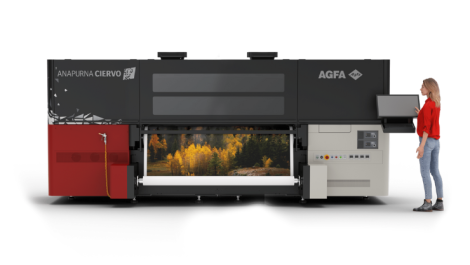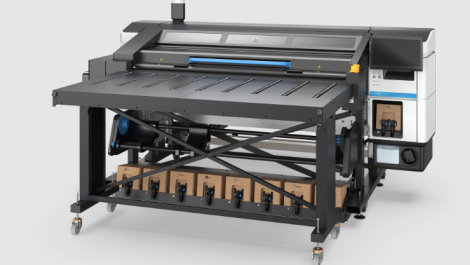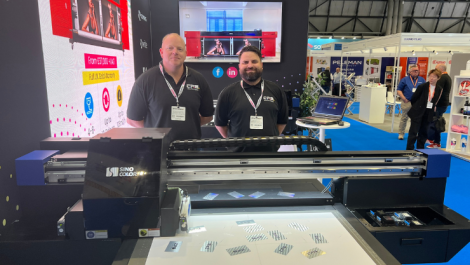The first sale made under the strategic alliance between manroland web systems and Océ has been taken by Rivet Presse Edition, a contract printer in France. This will produce digital newspapers using Océ JetStream 4300 colour inkjet web presses.
Under project called Synapse, which has been developed with the publisher of the regional French daily L’Echo in Limoges, a new business model has been established. The companies claim this will open up new editorial opportunities for publishers. The 10 million Euro investment will include manroland and Océ equipment and new buldings.
National and regional daily newspapers, as well as foreign editions of titles, will be printed in the order they are required for delivery to outlets in a defined area around Limoges, which will be less than 90 minutes’ journey time from a new 960 m2 production plant. An administration building with 1200 m2 will also be built.
The digital print will be able to produce newspapers with variable content, which the companies said will create a ‘new and stronger’ relationship with readers and help rebuild circulation and advertising revenues, as well as improve interaction between print and new media.
They hope that some of the leading names in France will sign up for the commercial operation, saying ‘in future newspapers will still have the same core news and features, but readers can receive their own personal content according to their own specific interests or of their region of interest.’
The new digital process for newspapers will offer a new economic model supporting editorial innovation, according to Christian Sirieix, the executive leading the project for Rivet Presse Edition. Central to the success will be the production line consisting of integrated manroland and Océ equipment.
Printing will be handled by two new Océ JetStream 4300 inkjet presses with 762 mm reel widths, running at 200 meters per minute. manroland has devised a new variable format newspaper folder to allow fully automated production of up to 40,000 newspapers in variable formats, in five hours. Printing digitally on demand will offer publishers a new way of working, the companies said, enabling costs of production and distribution to be reduced for publishers with a far greater flexibility in publishing practices, including the prospect of offering more highly targeted advertising.
The new fully variable digital manroland pin-type folder VPF 211 can produce broadsheet or tabloid newspapers in long grain and short grain with different structures for newspapers as well as commercial printing.
Rivet Presse Edition will handle commercial printing activities during the day shift, to help balance the business model.
Christian Sirieix, director of Rivet Presse Edition, said: ‘It is a unique project for newspapers anywhere in the world. On the same production line several different titles can be printed and released in the exact order required by the distributor. Better still, on the same basis, the production line will be able to publish newspapers à la carte, that is to say having a common core of content where topics can be added or removed from one day to another according to the reading interests of each subscriber.
‘This new process is revolutionary. We certainly don’t aim to limit competition but rather lead by example. We expect production costs and the distribution cost should be considerably lessened by the fact that national newspapers can now be printed at localised print plants for their local subscribers. manroland and Océ provided us with the best suitable solution by combining the advantages from the digital technology leader Océ and manroland as the leader of newspaper press manufacturing. They understood our needs; a full flexibility in the folding technology to achieve sectionised broadsheets as well as the production of tabloids. For commercial production, the additional possibilities of a quarter fold are essential for us.’
Sebastian Landesberger, executive vice president of Océ Printing Systems, said: ‘Publishers across the world are increasingly looking to digital color printing with all its efficiency and costs benefits as a vehicle to produce additional income streams, particularly for advertising, in an increasingly tough marketplace. This is something the newspaper industry has been waiting for. It’s here, it’s now, and we’re right at the forefront of developments.’
Contact: www.manroland-web.com and www.oce.co.uk



